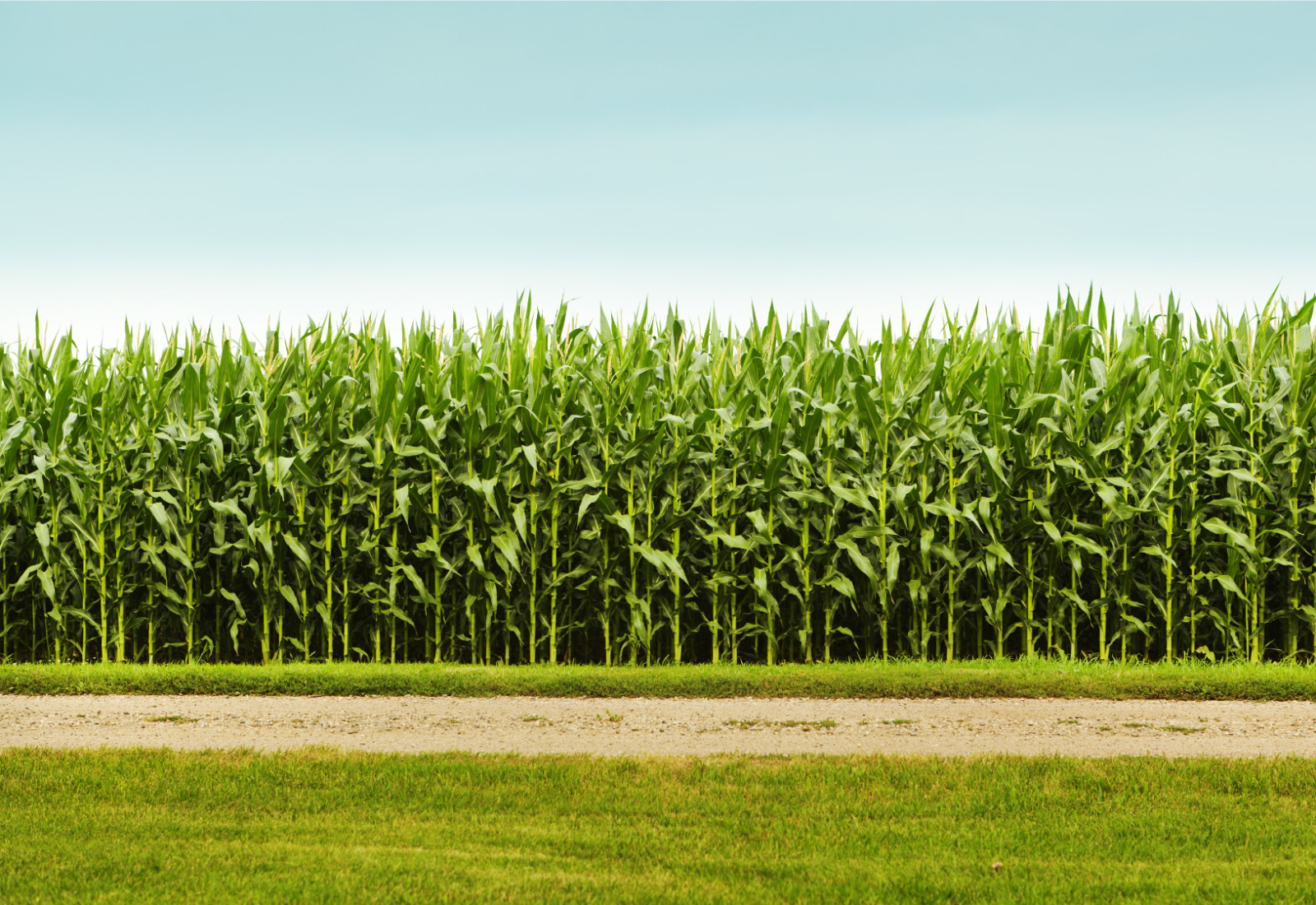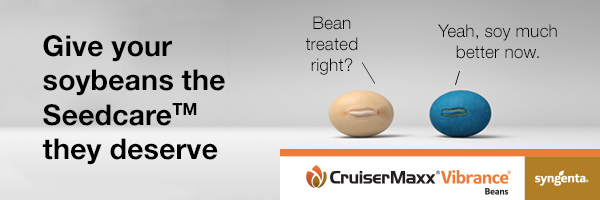The Corn Harvest

By Andrea Hilderman
The corn may not be quite “as high as an elephant’s eye,” but harvest is fast approaching. Knowing when it’s time to harvest will ensure a top-quality product in the bin. It will also reduce stress and contribute to more orderly fall operations – providing Mother Nature doesn’t throw any major wrenches in the works.
How do you know corn is ready to harvest? Dieter Schwarz, Corn Product Line Manager and District Sales Manager at NorthStar Genetics shares his knowledge on this topic. “When the black layer is formed in grain corn, the kernel is physiologically mature,” he explains. “Up to that point, the kernel is actively accumulating nutrients and mass, but after that point, it starts the process of maturing and drying down.” From the point of black layer formation to under 30 percent moisture can take as quick as a week to 10 days depending on weather, or a lot longer if conditions are unfavourable to drydown. Typically, we see about 0.5-1%/day moisture loss in the kernel with favourable weather. It can also be hybrid dependent. “The older, flint hybrids take longer to dry down,” says Schwarz. “The flint type kernel shape is not as conducive to a quick drydown as the dent type hybrids.” The flint characteristic is a detriment to grain corn; however, it can be advantageous in corn silage production.
Morgan Cott, Field Agronomist with Manitoba Corn Growers Association notes that once, or as, the black layers form, the dent starts forming and the kernel starts to harden. “The kernel will also start to get looser in the cob,” says Cott. “At that point, if you cut the kernel lengthways, you can see the black layer, or sometimes, if you scrape the bottom of the kernel where it attaches to the cob, you can see it.”
According to Schwarz, the moisture content of the grain when the black layer forms is generally higher than 30 percent. Corn is considered dry at about 15 to 15.5 percent moisture. “Harvest generally starts, or should start, when the kernel moisture is just under 30 percent, and certainly by 20 percent, where the optimum level is between 23 to 25 percent” he says. “When any individual grower starts, their harvest depends on their own comfort level and the amount of acres they have to harvest on the farm.”
Cobs should be removed and the kernels stripped for testing for moisture content. “Some growers look for the entire plant to dry and die – this is the old school approach,” explains Schwarz. “This is true for wheat or barley, but it’s not the way to determine when to harvest corn. You might see a brown plant at the time the kernels are ready to harvest, but more often than not, you won’t. You need to keep close tabs on kernel moisture and make your decision to go on that basis. This will prevent yield loss and maintain the highest quality.”
Harvesting silage corn is different. “Here, the grower is trying to maximize both the green material and the cob,” says Schwarz. “Again, it’s very hybrid dependent. A dual-purpose hybrid is trickier to time perfectly as the harvest window is much narrower than a silage-only hybrid.”
Ideally, the kernel should be at 50 percent milk line and 65 percent whole plant moisture to ensure the best silage quality. This results in an easy-to-pack product and ensures proper fermentation. Milk line is that point where the kernel hardens. 50 percent milk line is that point where half the kernel is hard and the tip-half of the kernel is still squishy soft if dented by your thumbnail.
Silage corn is generally harvested mid-September whereas grain corn is harvested toward the end of September and into October.

Knowing when to harvest is only part of the battle. The other part is having the right equipment. “It’s really important to have the right equipment to harvest corn successfully,” says Schwarz. “Use a corn header, which is specifically designed to harvest corn with minimal losses.” Some growers may try to harvest corn with a straight-cut header with flexi-finger pins and sunflower pans, but this is only suitable for dry corn. However, harvesting under 20 percent moisture will mean big losses of cobs and kernels. Harvest losses are generally between 1 to 2 percent in corn but can quickly climb to 5 to 10 percent with 17 to 19 percent kernel moisture corn.
“Without the right equipment to travel the rows you planted in the spring, cobs and kernels will be lost as you bump and hit plants,” explains Schwarz. “And if you used a twin-row planter in the spring, you’ll need a twin-row header. It’s all a delicate balance of the right equipment with the proper adjustments.”
Which leads to dryers. “Good corn growers start their harvest at higher moistures and prefer to dry the corn, so as to lose as little as possible and keep quality as high as possible.” Having a dryer is critical if you grow corn. According to Schwarz, you may not need it 100 percent of the time, but probably 99.5 percent of the time! Cott concurs with this. “We’ve had some great open falls in recent years and having a dryer wasn’t really critical,” she says. “However, we consider a dryer a ‘need’, not a ‘want’.”
Dry and conditioned corn (brought back to ambient temperature after drying) can be stored safely; however, Schwarz always likes to put it on air. “Corn can heat in storage, so aeration is a good practice that is now not uncommon on most farm operations,” he says. “Use monitors in bigger bins and keep close tabs on it, as you would any grain in storage.” Having spent the time and effort to get this crop in the bin, a last few good practices will keep it in top condition until it is shipped.


